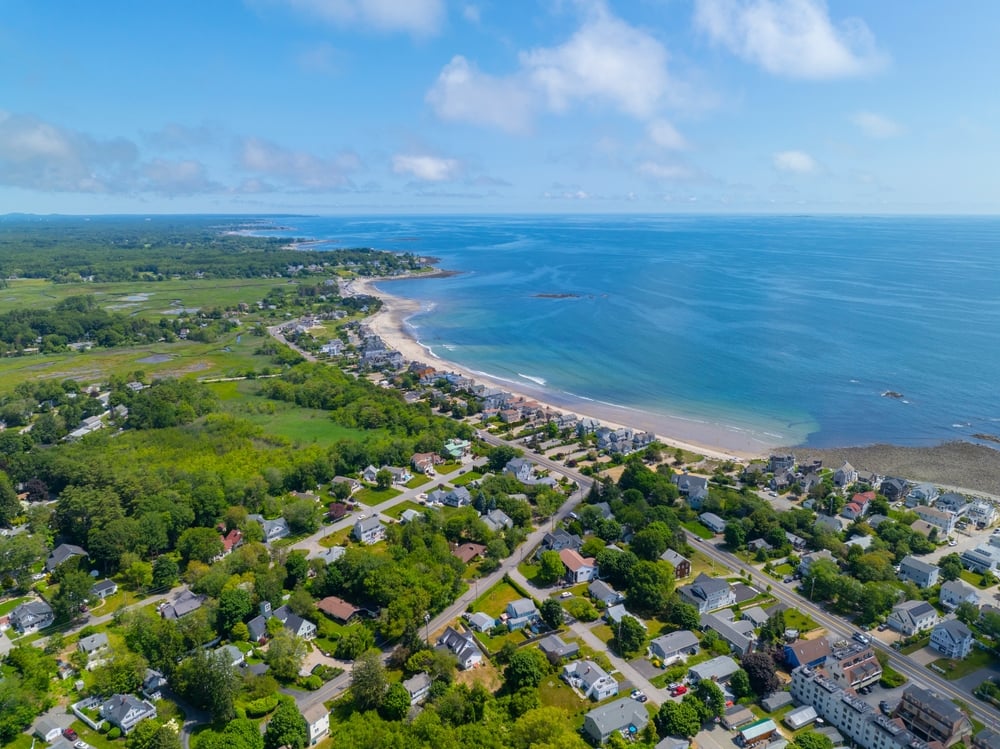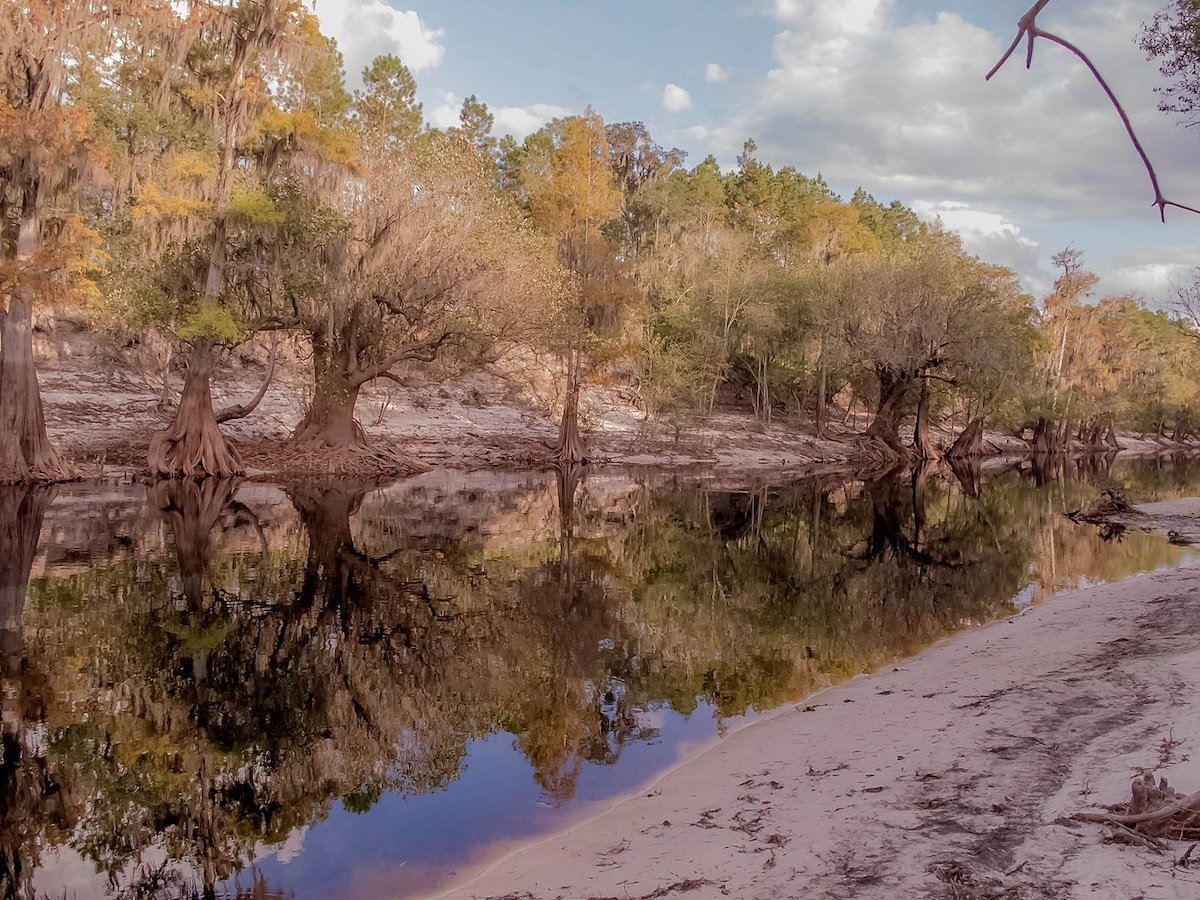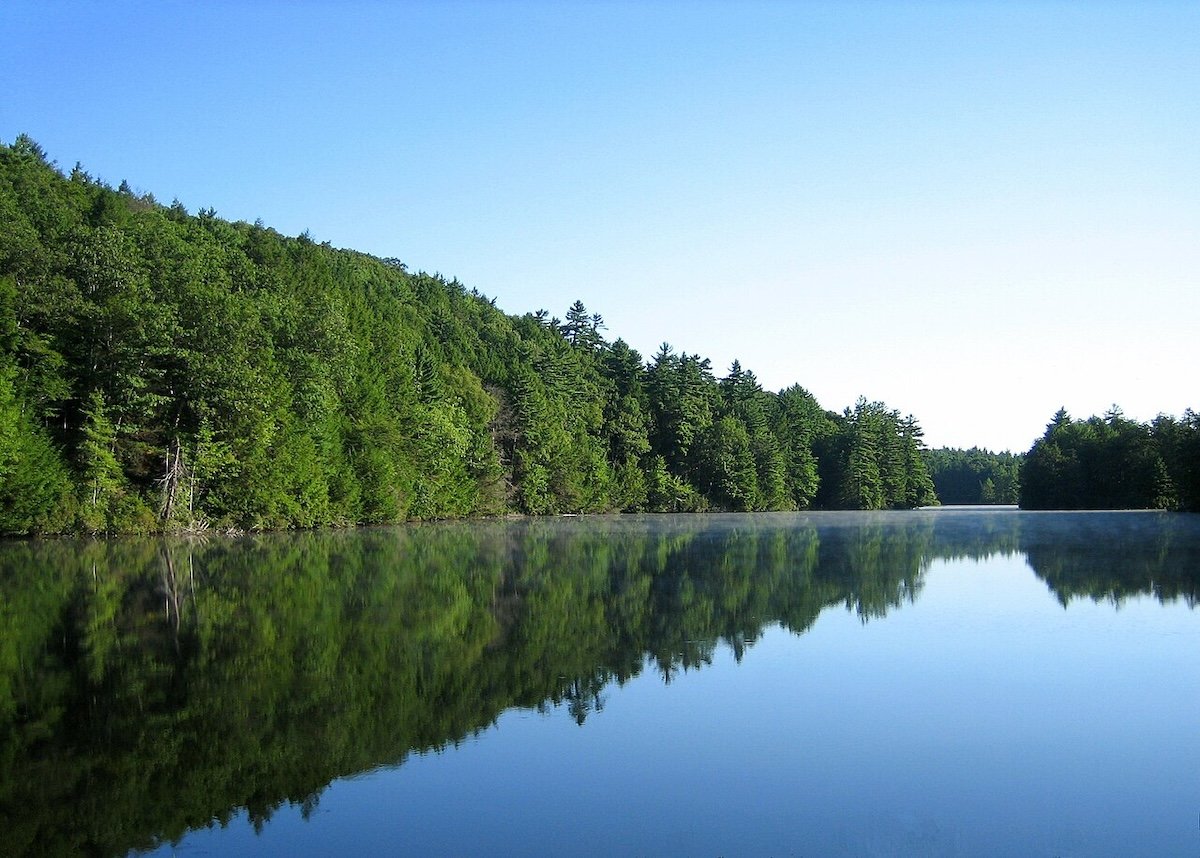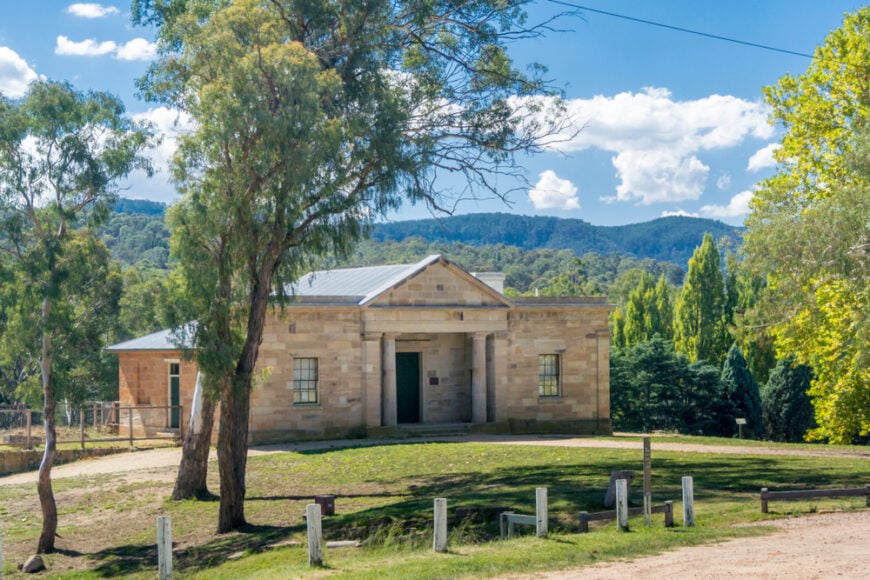
Head west out of Sydney, past the last gas stations and the big-box stores, and the world starts to change. The roads tighten, the air cools, and the Blue Mountains rise like a forgotten spine along the horizon. This is the heart of New South Wales, where Australia keeps its best-kept secrets—towns that barely make the maps but hold onto a kind of quiet that’s hard to find anywhere else.
In Rydal, daffodils riot against the green hills every spring, a brief flash of gold before the town settles back into its usual hush. Bilpin is apple country, where roadside stands still sell pies made fresh that morning. Hampton sits high enough that the night sky looks like it belongs to another century, and in Mount Wilson, moss creeps over garden walls like it’s reclaiming something.
These are places where you don’t just pass through—you slow down, you stay a while. The post offices double as general stores, the cafés know your name after a day, and the road out feels longer than the one in. This is the other Australia, the one with more birds than people, where history lingers and nature does most of the talking.
If you’re looking for the quiet, you’ve found it. Let’s go.
10. Hampton: High Country Haven
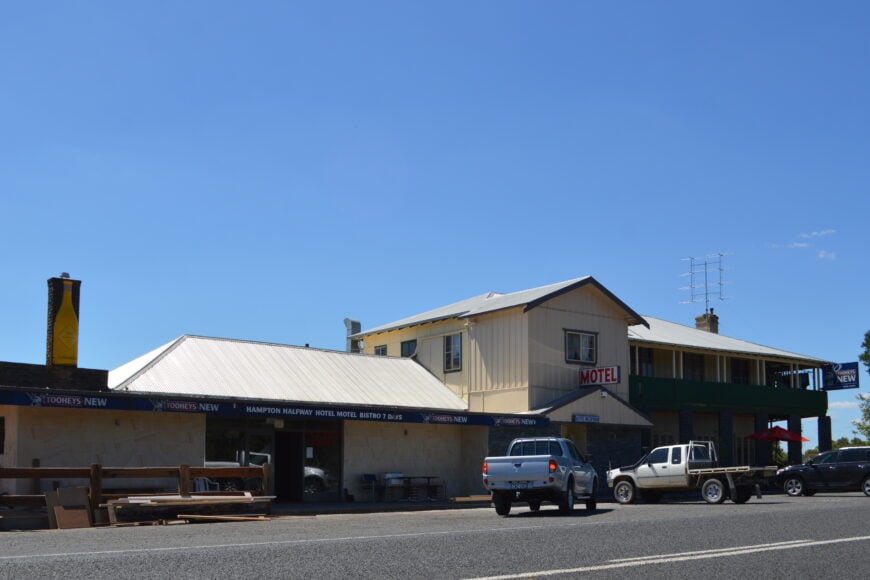
With an approximate population of just a few hundred, Hampton is a tranquil highland village perched at one of the highest points in the Blue Mountains. This peaceful community is known for its sweeping views of rolling hills and valleys, offering breathtaking vistas that change with the seasons. Outdoor enthusiasts can enjoy bushwalking, fishing in nearby lakes, and exploring local lookouts that showcase the area’s natural beauty. The main industries here revolve around agriculture and tourism, with local farms and bed-and-breakfasts catering to visitors seeking a quiet escape. Hampton’s seclusion stems from its remote location and the expansive landscapes that surround it, making it an ideal spot for those looking to unwind in nature’s embrace. Its fresh mountain air and star-filled skies provide a rejuvenating environment away from urban distractions.
Where is Hampton?
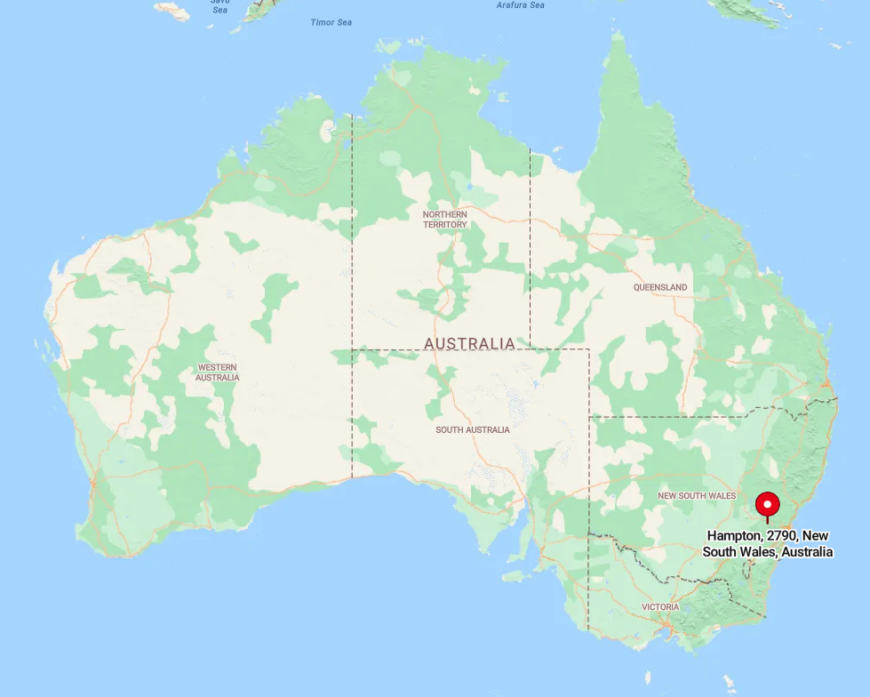
Located approximately 150 kilometers west of Sydney, Hampton sits at an elevation of about 1,000 meters above sea level in the central Blue Mountains. Its secluded nature is accentuated by its distance from major towns and the serene environment that envelops it. To reach Hampton, travelers can take the Great Western Highway towards Lithgow and then follow the Jenolan Caves Road. The journey itself offers scenic views, winding through forests and pastures, making the trip as enjoyable as the destination. Hampton’s highland position and sparse population ensure it remains a peaceful haven for visitors and residents alike.
9. Rydal: The Daffodil Village
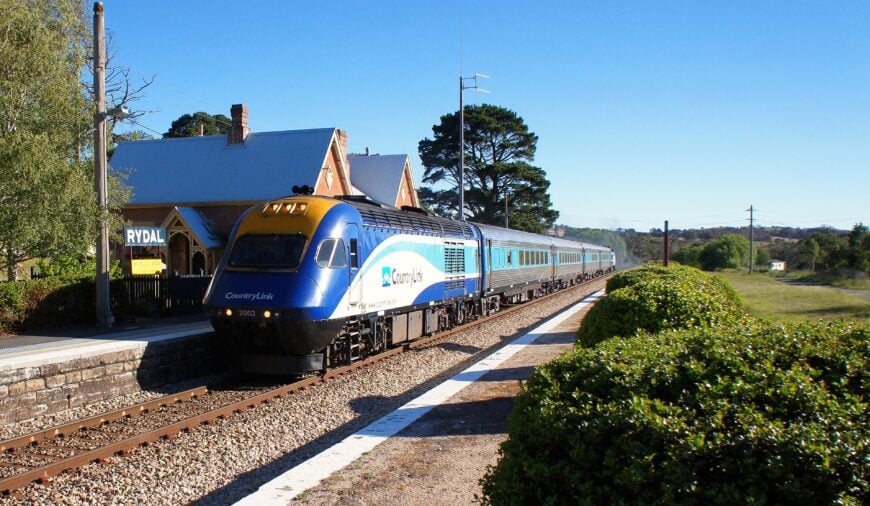
Rydal is a quaint village with an approximate population of around 80 residents, exuding charm and tranquility all year round. Known as the “Daffodil Village,” it bursts into color each spring when thousands of daffodils bloom throughout the town, celebrated by the annual Daffodils at Rydal festival. Visitors can explore historic buildings dating back to the 19th century, including colonial-era cottages and the beautiful St. Matthew’s Church. The local community, though small, is vibrant and takes pride in preserving Rydal’s heritage and serene rural atmosphere. The main industries are agriculture and tourism, with local farms and events drawing visitors seeking a peaceful rural retreat. Rydal’s seclusion is enhanced by its untouched landscapes and the quiet roads that lead into this hidden gem.
Where is Rydal?
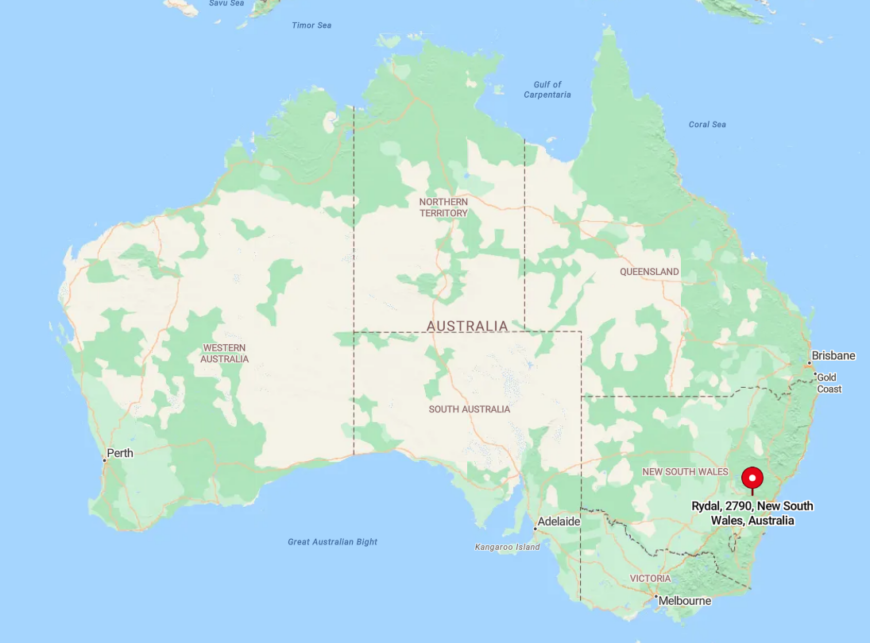
Situated west of the Blue Mountains, Rydal is about 20 kilometers from Lithgow and roughly 160 kilometers from Sydney. Its location on the western slopes offers expansive views and a feeling of openness that complements its secluded ambiance. To get to Rydal, travelers can take the Great Western Highway and then turn onto the Rydal Hampton Road, which meanders through picturesque countryside. The village’s distance from major highways and cities contributes to its peaceful environment, making it an ideal escape for those looking to experience the quiet charm of rural Australia.
8. Mount Irvine: A Lush Retreat
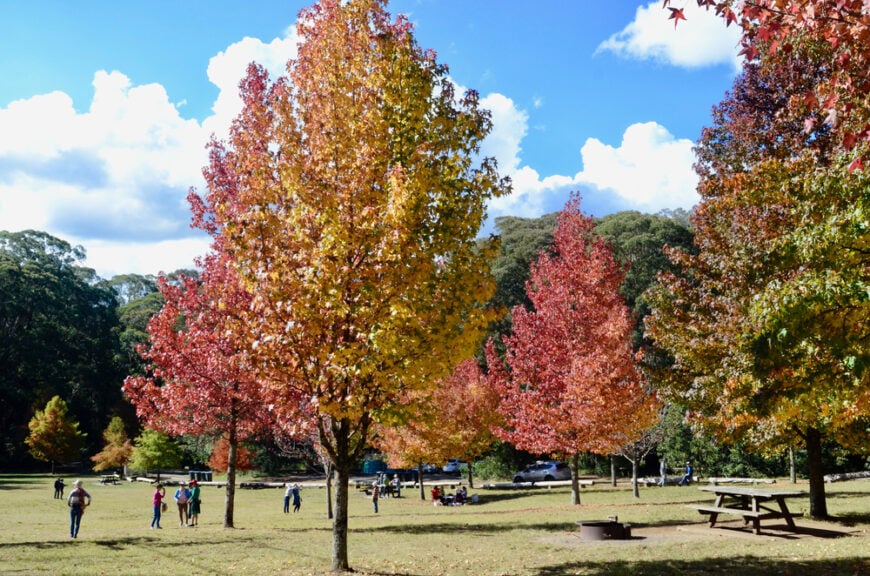
Home to a small community of around 50 residents, Mount Irvine is a secluded haven nestled amidst lush rainforests and rolling hills. This tiny village is renowned for its verdant landscapes, including cool-climate gardens and thriving avocado and nut farms. Visitors can enjoy leisurely walks through the rainforest, visit local orchards, and take in the serene natural beauty that defines the area. The main industries are agriculture and horticulture, with a focus on sustainable farming practices that preserve the pristine environment. Mount Irvine’s seclusion is a result of its remote location and limited accessibility, making it a perfect retreat for those seeking peace and solitude in nature.
Where is Mount Irvine?
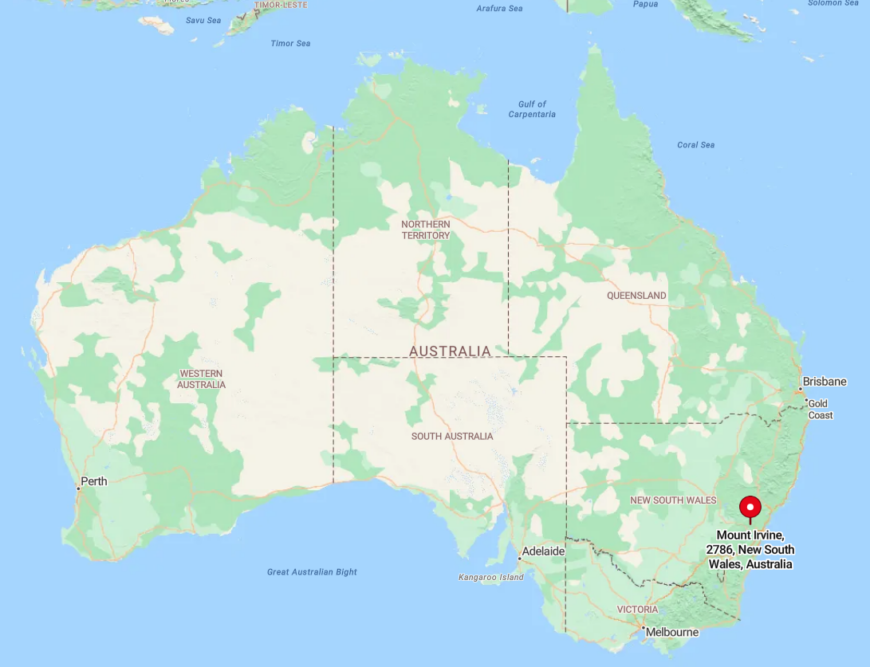
Mount Irvine is located deep within the Blue Mountains, approximately 120 kilometers northwest of Sydney. Accessible via winding mountain roads, it sits near the edge of the Blue Mountains National Park. The journey to Mount Irvine involves navigating through narrow, unsealed roads surrounded by dense forest, contributing to its secluded nature. To reach this lush retreat, travelers often pass through the nearby village of Mount Wilson before venturing further into the wilderness. Its remote setting amidst the mountains ensures that Mount Irvine remains a quiet and untouched destination.
7. Bell: Where Mountain Trails Begin
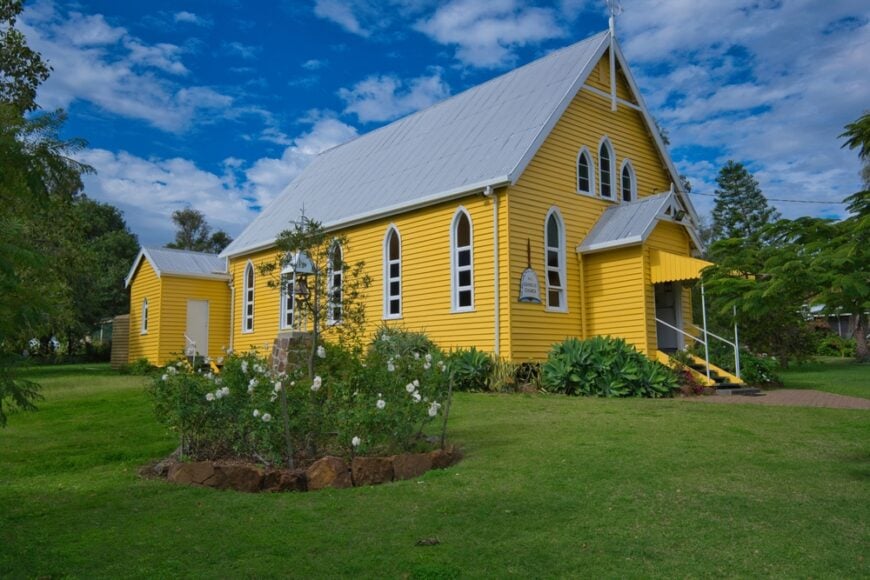
With a population of around 50 people, Bell is a tiny township known as a gateway to some of the Blue Mountains’ most spectacular hiking trails. The village is surrounded by unspoiled bushland, offering access to the famed Blue Mountains National Park and the Wollangambe Wilderness. Activities include bushwalking, birdwatching, and exploring lookouts like the iconic Bell’s Line of Road, which offers panoramic views. There is minimal industry in Bell, allowing nature to take center stage, and the community is passionate about preserving the area’s natural beauty. Bell’s seclusion is enhanced by its elevation and the expansive wilderness that encircles it, providing a serene environment for nature lovers.
Where is Bell?
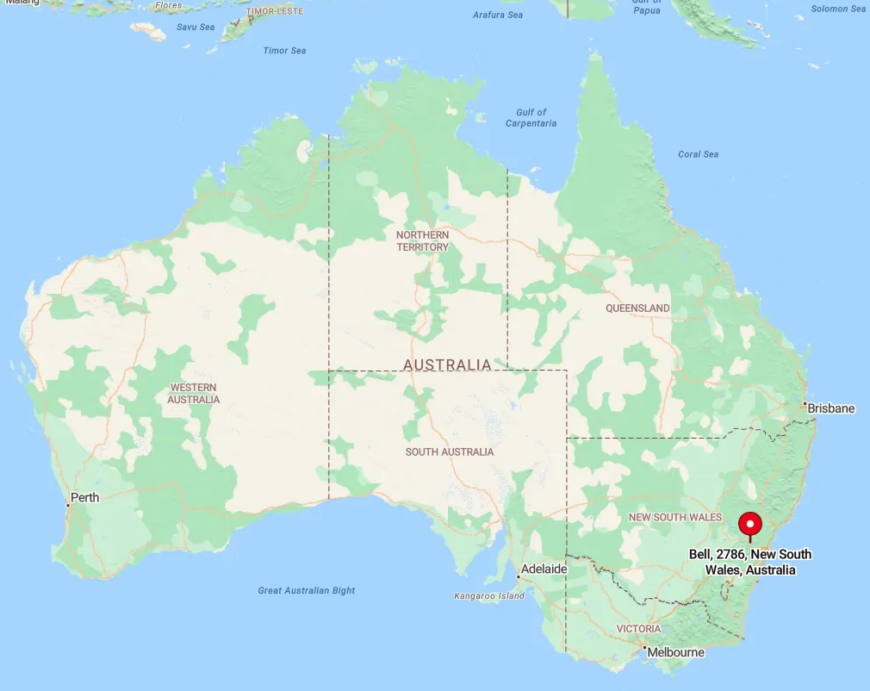
Situated at the junction of the Bells Line of Road and the Darling Causeway, Bell is approximately 125 kilometers west of Sydney. Its location at the northern edge of the Blue Mountains makes it an ideal starting point for exploring the region’s northern wilderness areas. To reach Bell, travelers can drive along the scenic Bells Line of Road, which winds through forests and past dramatic cliffs. The village’s remote position and the surrounding escarpments contribute to its secluded feel, offering a peaceful escape into nature.
6. Kanimbla: Serenity in Rolling Hills
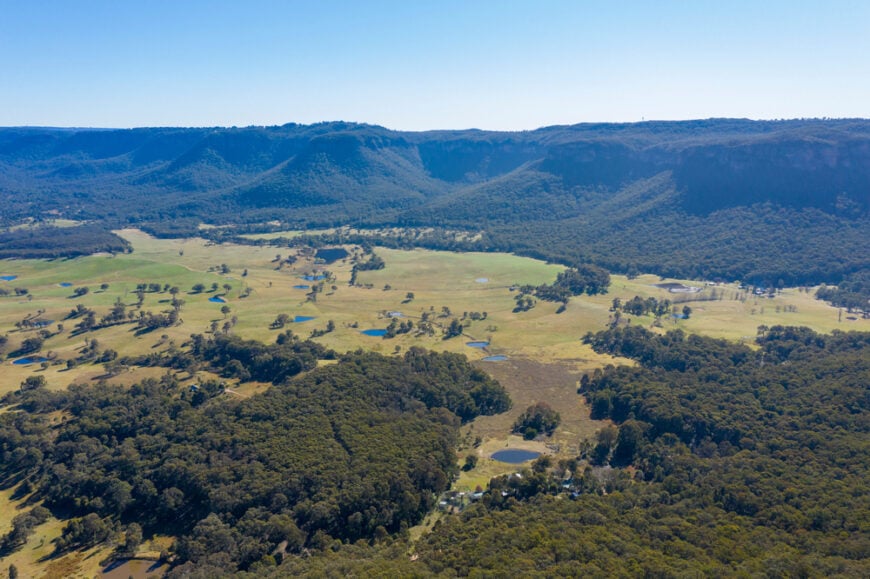
Kanimbla Valley is a secluded rural area with a sparse population scattered across its vast landscapes. Known for its tranquil environment, the valley is surrounded by rolling hills, pristine farmland, and distant mountain views. Visitors can enjoy horseback riding, farm stays, and exploring the open countryside that offers a sense of freedom and space. Agriculture is the main industry, with local farms producing fresh, organic produce and supporting sustainable practices. The seclusion of Kanimbla comes from its expansive area and low population density, allowing for a peaceful retreat where one can reconnect with nature.
Where is Kanimbla?

Located to the west of the Blue Mountains, Kanimbla Valley lies between Lithgow and Blackheath, about 130 kilometers from Sydney. Access to the valley is via smaller roads branching off the Great Western Highway, leading travelers through scenic routes that showcase the area’s natural beauty. The valley’s remote location, away from major highways and towns, enhances its secluded ambiance. Visitors often find the journey part of the experience, as the roads offer stunning views and a sense of stepping into a quieter world.
5. Megalong Valley: Escape into the Wilderness
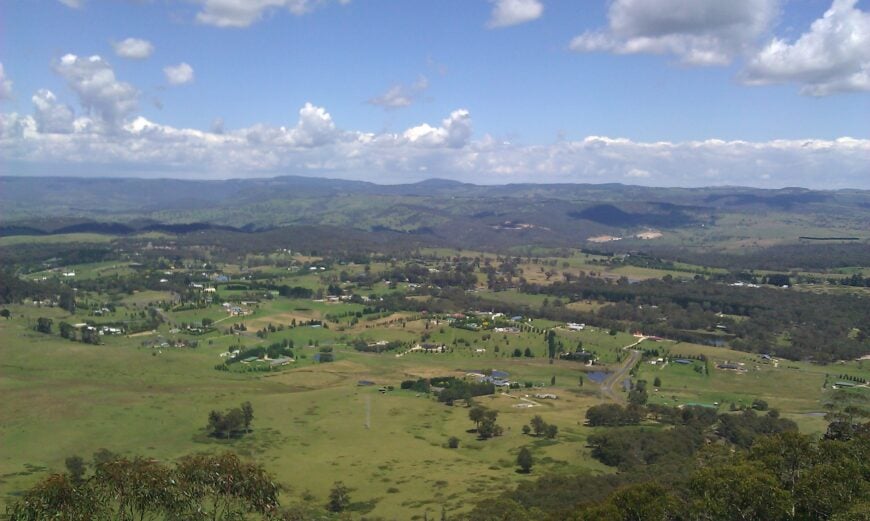
Megalong Valley, with a population of just over 200 residents, is a natural haven offering vast landscapes and a rich sense of history. The valley is famous for its horse-riding trails, allowing visitors to explore the wilderness much like the early settlers did. Activities include bushwalking, visiting the historic Megalong Cemetery, and enjoying picnic spots along the Coxs River. The main industries are tourism and agriculture, with a focus on eco-tourism and preserving the valley’s pristine environment. Megalong Valley’s seclusion is amplified by its expansive open spaces, rugged terrain, and limited commercial development, making it a perfect destination for adventurers seeking an off-the-beaten-path experience.
Where is Megalong Valley?
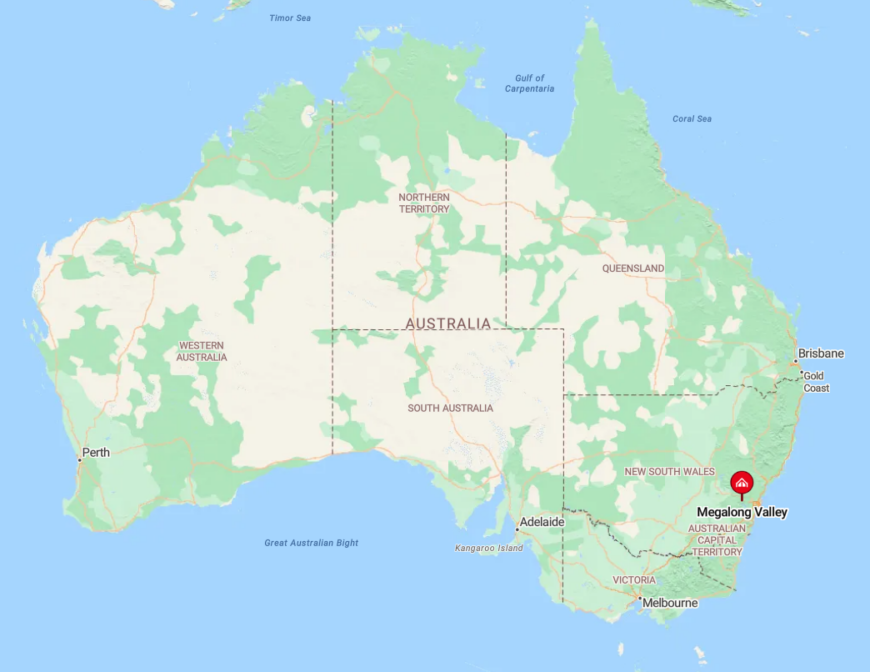
Situated southwest of Blackheath, Megalong Valley is approximately 120 kilometers from Sydney. Access is via a narrow road that descends from the plateau at Blackheath, winding through lush rainforest and offering stunning views. The valley’s location, nestled between towering sandstone cliffs and extensive bushland, contributes to its secluded nature. Public transport is limited, so driving is the primary way to reach Megalong Valley, further enhancing its remote and untouched character.
4. Mount Victoria: Gateway to the West
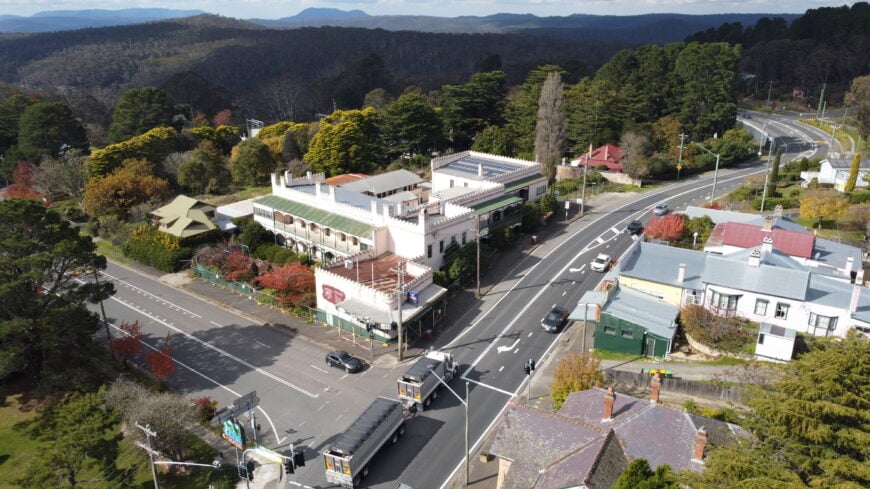
Mount Victoria is a historic village with an approximate population of 1,000 residents, offering a blend of serenity and heritage charm. As the highest village in the Blue Mountains, it provides panoramic views and crisp mountain air. Visitors can explore heritage buildings, antique shops, and the Mount Victoria Museum, which showcases the area’s rich history. Outdoor activities include bushwalking to nearby lookouts like Sunset Rock and Mitchell’s Ridge. The main industries are tourism and hospitality, with local cafes and guesthouses catering to travelers. Mount Victoria’s seclusion comes from its elevated location and its status as the last township before descending into the western plains, offering a peaceful atmosphere away from busier tourist spots.
Where is Mount Victoria?
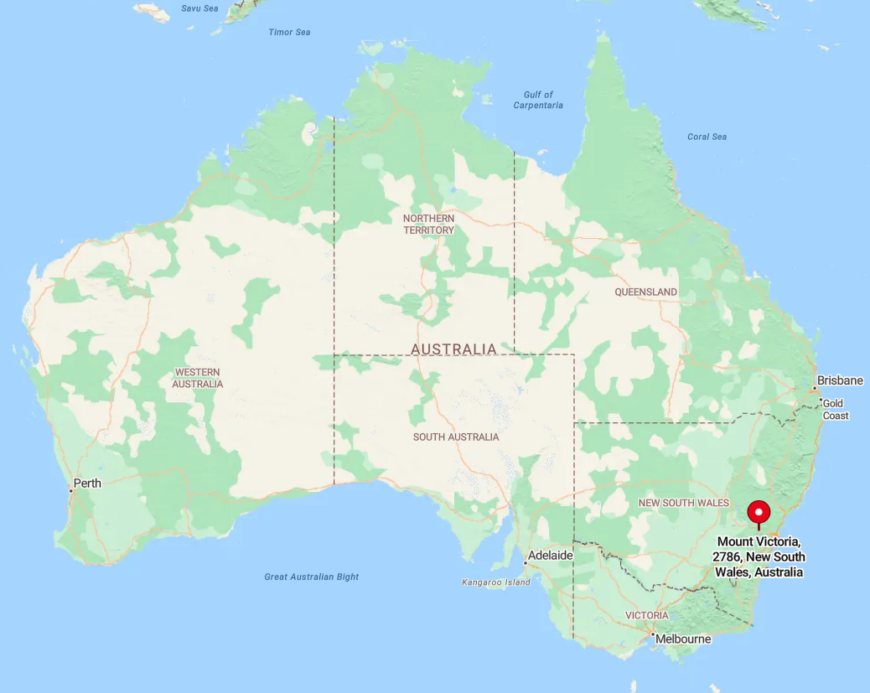
Located at the western edge of the Blue Mountains, Mount Victoria is about 120 kilometers from Sydney along the Great Western Highway. Its position makes it a gateway between the mountains and the central west of New South Wales. To reach Mount Victoria, visitors can drive or take a train on the Blue Mountains line, enjoying scenic views along the way. The village’s elevation and surrounding escarpments enhance its secluded feel, providing a retreat with easy access yet a sense of being removed from the urban rush.
3. Bilpin: The Land of the Mountain Apple
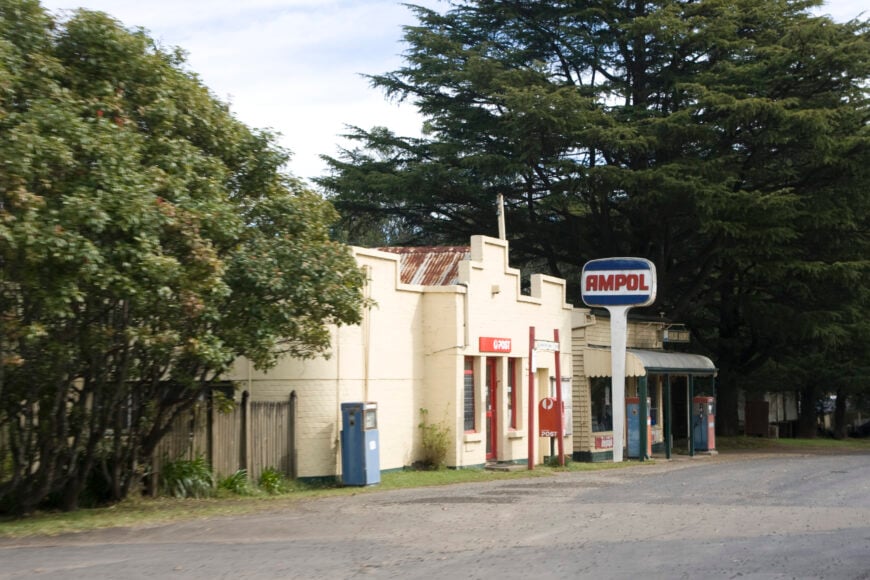
Bilpin, with a population of approximately 700, is affectionately known as the “Land of the Mountain Apple” due to its abundant apple orchards. Visitors flock to pick their own fruit, taste fresh apple pies, and enjoy the farm gate experiences that dot the verdant landscape. The main industries are agriculture and tourism, focusing on fruit growing, particularly apples and stone fruits. Bilpin also offers beautiful gardens, such as the famed Wildwood Garden, and bushwalks in the surrounding national parks. Its peaceful rural atmosphere and lush surroundings make it an idyllic retreat. Bilpin’s seclusion is underscored by its expansive orchards and the forested areas that provide a buffer from bustling city life.
Where is Bilpin?
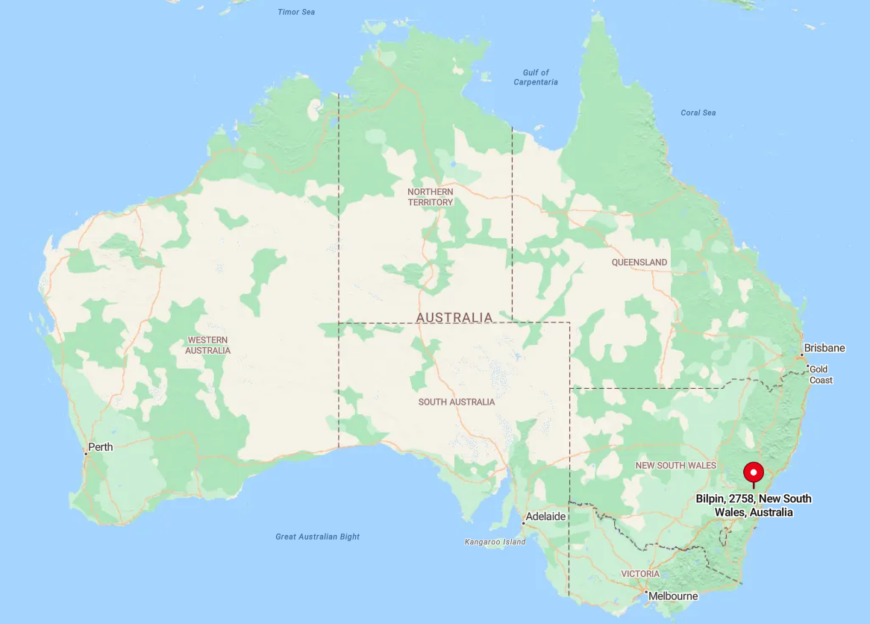
Situated along the Bells Line of Road, Bilpin is approximately 90 kilometers northwest of Sydney. The town is nestled on the slopes of the Blue Mountains, offering a cooler climate ideal for fruit growing. Accessed by a scenic drive through mountain passes and forests, Bilpin feels worlds away from the city despite being less than two hours’ drive. The journey itself, with its winding roads and stunning vistas, enhances the sense of seclusion and escape that Bilpin provides.
2. Hartley: Step Back in Time
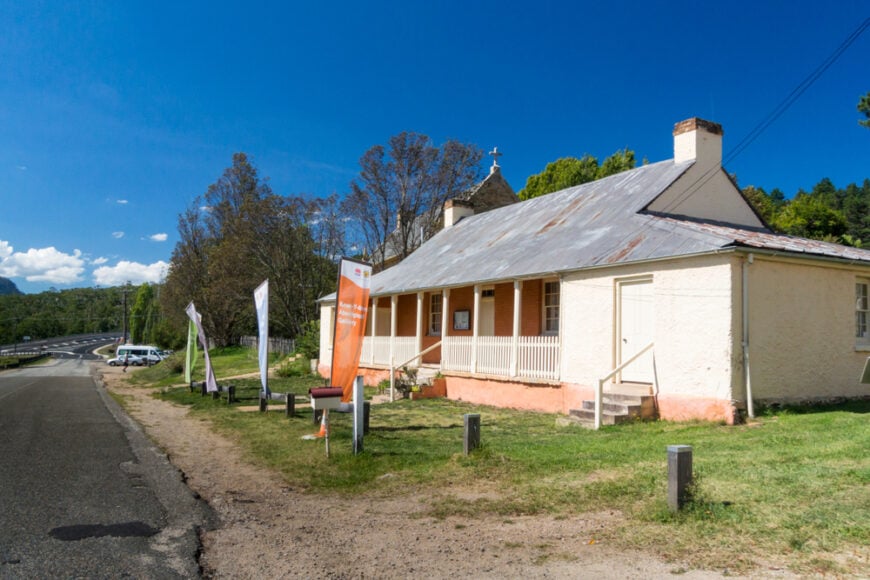
Hartley is a historic village with an estimated population of around 300 people, offering a remarkable glimpse into Australia’s colonial past. The town boasts well-preserved colonial architecture, including the Hartley Courthouse and St. Bernard’s Church, dating back to the early 19th century. Visitors can explore these heritage sites, stroll through the village, and enjoy the rustic charm that pervades the area. The main industries are heritage tourism and small-scale agriculture. Hartley’s quiet streets and absence of modern development contribute to its secluded feel, allowing visitors to step back in time and experience the ambiance of a bygone era.
Where is Hartley?
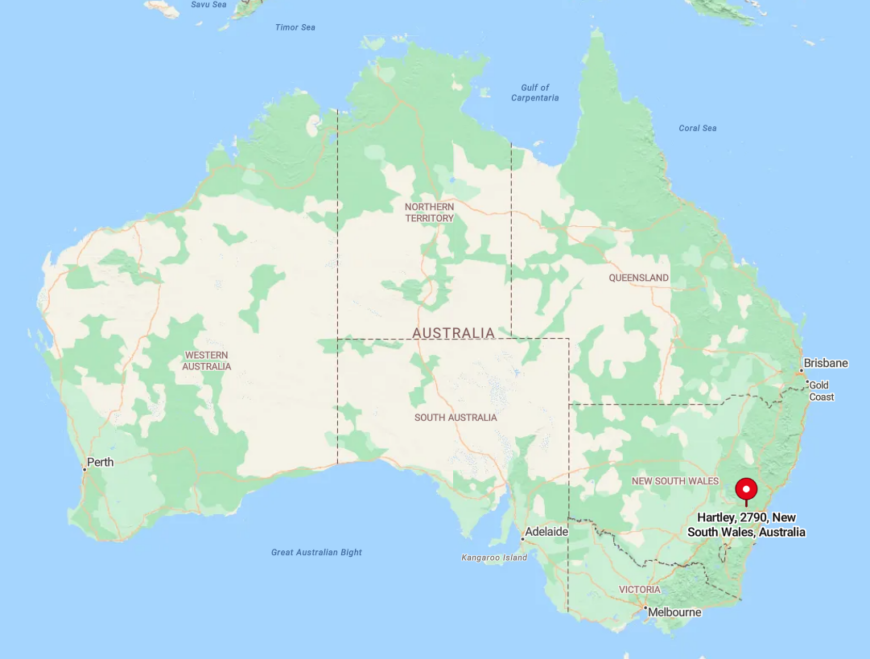
Located at the foot of Victoria Pass, Hartley lies approximately 127 kilometers west of Sydney along the Great Western Highway. The village is nestled between the Blue Mountains and the Central Tablelands, providing a serene setting away from larger towns. Access is straightforward via the highway, but the turn-off to Hartley takes visitors onto quieter roads that lead into the historic precinct. The surrounding escarpments and valley landscapes enhance its seclusion, making Hartley a hidden treasure for history enthusiasts and those seeking tranquility.
1. Mount Wilson: A Hidden Garden Paradise
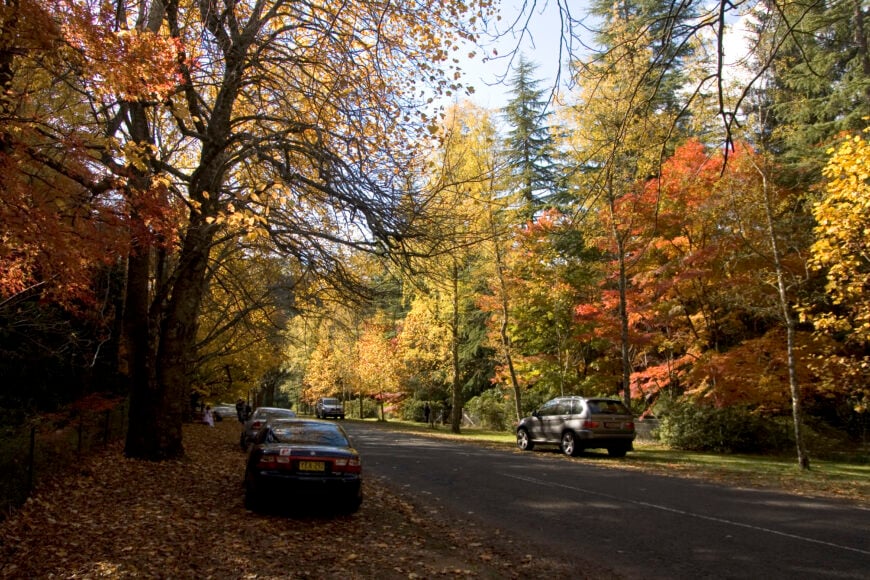
Mount Wilson is a picturesque village with a population of about 200 residents, renowned for its stunning private gardens and historic houses. The area is a horticultural delight, featuring cool-climate gardens like the Breenhold Gardens and the Windyridge Garden, which are open to the public during certain times of the year. Visitors can enjoy walking trails through the lush rainforest, visiting lookouts with panoramic views, and exploring the heritage of this charming village. The main industries are tourism and horticulture, with locals dedicated to maintaining the natural beauty and serenity of the area. Mount Wilson’s seclusion is heightened by its sheltered location on a basalt-capped mountain, surrounded by national parkland, making it a perfect getaway for those seeking peace and natural beauty.
Where is Mount Wilson?
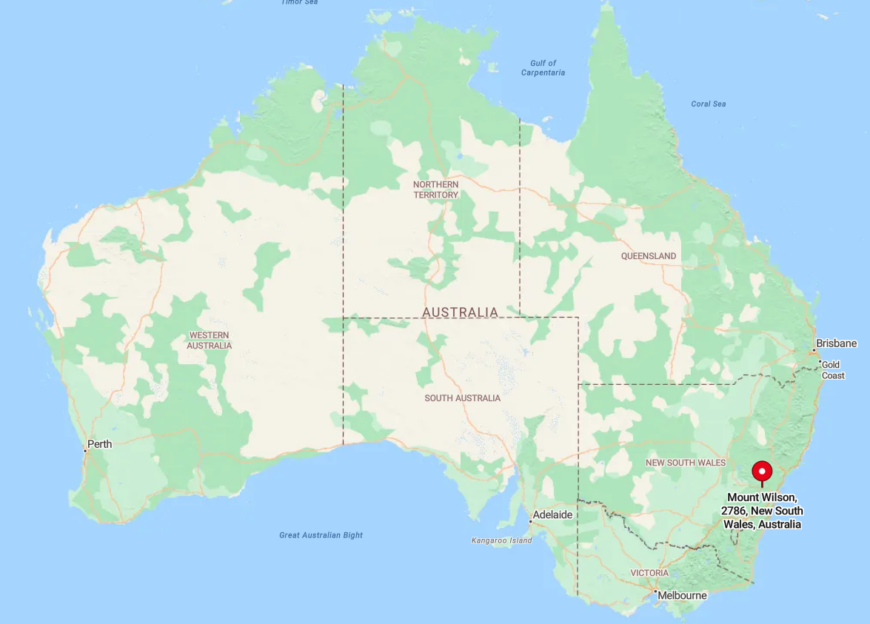
Mount Wilson is located about 100 kilometers northwest of Sydney, accessible via the Bells Line of Road and a turn-off onto Mount Wilson Road. The village sits atop a mountain ridge, enveloped by the Blue Mountains National Park. The narrow, winding road leading to Mount Wilson reinforces its secluded nature, with the journey offering glimpses of the dense forests and deep valleys that characterize the region. Due to its altitude and geography, Mount Wilson enjoys a unique microclimate, further isolating it from the surrounding areas and contributing to its reputation as a hidden garden paradise.

